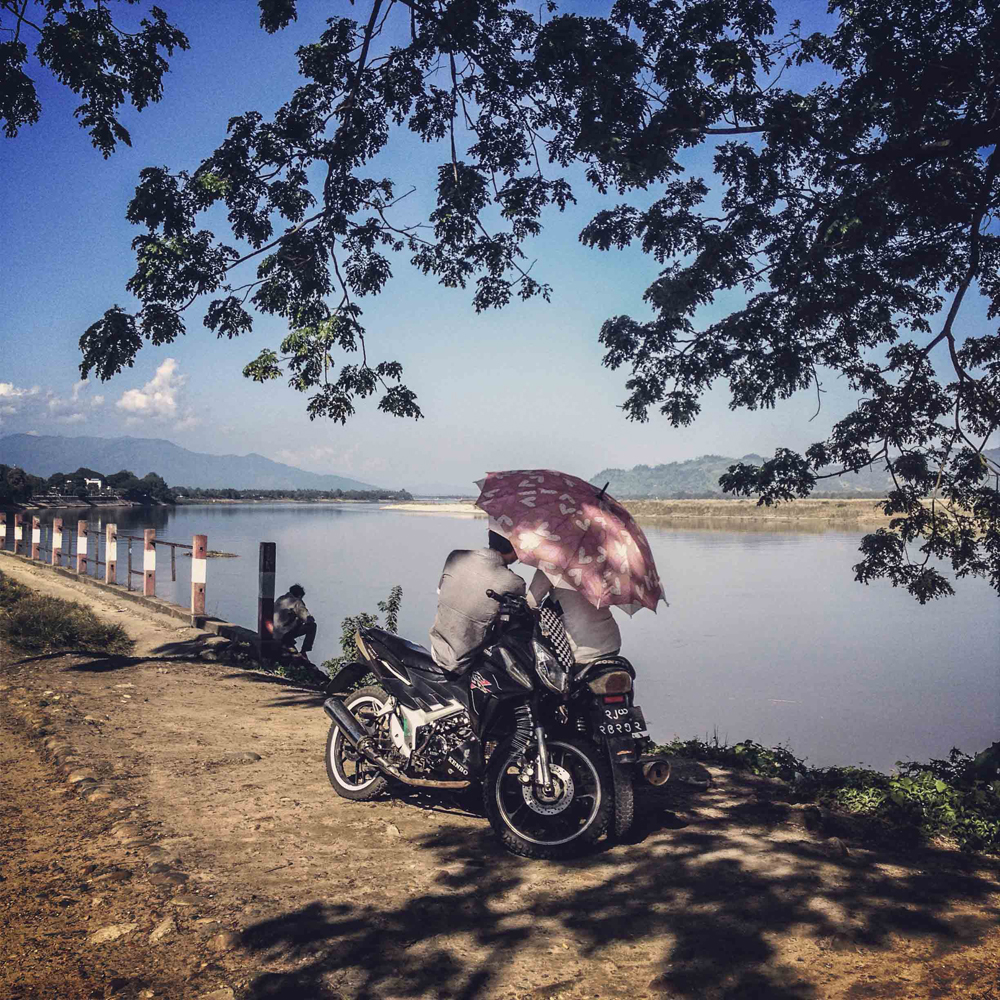
Welcome to this week’s edition of TIME’s LightBox Follow Friday, a series where we feature the work of photographers who are using Instagram in new and engaging ways. Each week we will introduce you to the person behind the feed through his or her pictures and an interview with the photographer.
This week on #LightBoxFF, TIME spoke with Lauren DeCicca (@deciccaphoto) and Andre Malerba (@amcaptures), who are currently in Guatamala attending the 2014 Foundry Photojournalism Workshops. They plan to revisit Burma this fall to continue their collaborative documentation of the country via Instagram.
LightBox: How are you using Instagram now, and how has it become a part of your professional practice? Are you taking photos with your phone?
Lauren DeCicca: I’m using Instagram now the way many use a photo blog or photo diary. Using my iPhone as my day-to-day camera, I’ve been updating my account with photos of daily life and snippets of longer term projects and assignments. In general, I alternate between my DSLR and iPhone when working in the field. Using only the Photoshop app for iPhone and select Instagram filters, I edit my work on site and at the end of the day I post a photo to Instagram. This way I can get instant feedback from fellow photographers, editors, and friends while many shots from my DSLR may take days, weeks or even months to actually be published.
Mahabandoola Street, Myanmar
LightBox: What does Instagram provide for you that other platforms can’t?
Andre Malerba: Instagram provides a certain measure of spontaneity that simply isn’t there for me with a DSLR, and I haven’t found any other platform with better function. In many ways Instagram has become like an illustrators sketchbook; a place to experiment and jot down fleeting moments or thoughts. Instagram provides an extremely large and accessible user base that other platforms just can’t seem to match, at least where images are concerned. I’ve never really enjoyed the process of putting up B role shots on a blog because it feels labored, requiring a laptop and a good internet connection which I don’t always have access to. Instagram gives me the immediate accessibility I need to post interesting shots right from my phone no matter where I am, even with a spotty 3G connection. My website is the finish line, Instagram is for anyone who wants to come along for the ride, and it’s really great to have that.
LightBox: Why did you start using Instagram, and how has your use of it and understanding of it changed since your first post?
LD: I was actually very reluctant to join Instagram. I was just starting out in New York and considered myself to be somewhat of a “purist” and quickly jumped on the “iPhone is ruining photography” band-wagon. One day in July 2012, however, while having an informal meeting with an editor instead of wanting to look through my portfolio, he asked if I had an IG account he could follow. It was at that moment that I realized that Instagram could be used as a serious platform to connect with editors and not just a silly place for sunsets and selfies. I found that rather than sending them longwinded emails with portfolio selections or project pitches, they could see where I am and what I’m producing on a daily basis on their phones. It was when I moved to Myanmar in early 2013 that I began to take Instagram seriously and started using it as my immediate connection to editors, family and friends back home.
LightBox: Which post inspired the most audience feedback and engagement through likes and comments?
AM: The answer to this is a bit silly, my most liked post is a video of rain here in Yangon, Burma during the start of rainy season. It received over 3000 likes and landed on the popular page. I think that was partly due to the #instavid hashtag which was just starting to be used right after the update for video was released. So I think a good answer is, in part, to be ahead of the curve when it comes to hashtags and trends, if your goal is likes. However, my most memorable comment came from a woman battling cancer. She said, “It’s almost like I wasn’t sitting in a chemo chair, but as if I was right where your portraits are being done. So surreal for me.” In the end, like any other art form or expression of self, what appeals to people depends on the person. For me, the “most feedback” doesn’t necessarily translate to most likes or comments.
Malerba’s favorite image from his feed
LightBox: Do you envision Instagram ever loosing its appeal, and if so how would you replace it?
AM: I don’t think Instagram is in any danger of loosing its appeal. At the same time, social media is transforming and expanding at an exponential rate and I think that it’s going to be important for Instagram to stay on the crest of the innovation wave in the way material is presented. Instagram is also becoming a tool used by a lot of professional, documentary photographers and opening up a range of new ways to get stories and issues out to the public. I think the only looming danger is that the Instagram format becomes tired, given the sheer volume of material being published. I wouldn’t replace it, but I am excited to see how it transforms as phone based editing software and cameras advance.
Lauren DeCicca is a documentary photographer and multimedia producer from New York currently based in Yangon, Burma.
Andre Malerba is a photojournalist and writer, currently stringing for Getty Images in Burma.
Liz Ronk is the Photo Editor for LIFE.com
See more from TIME’s #LightBoxFF series here
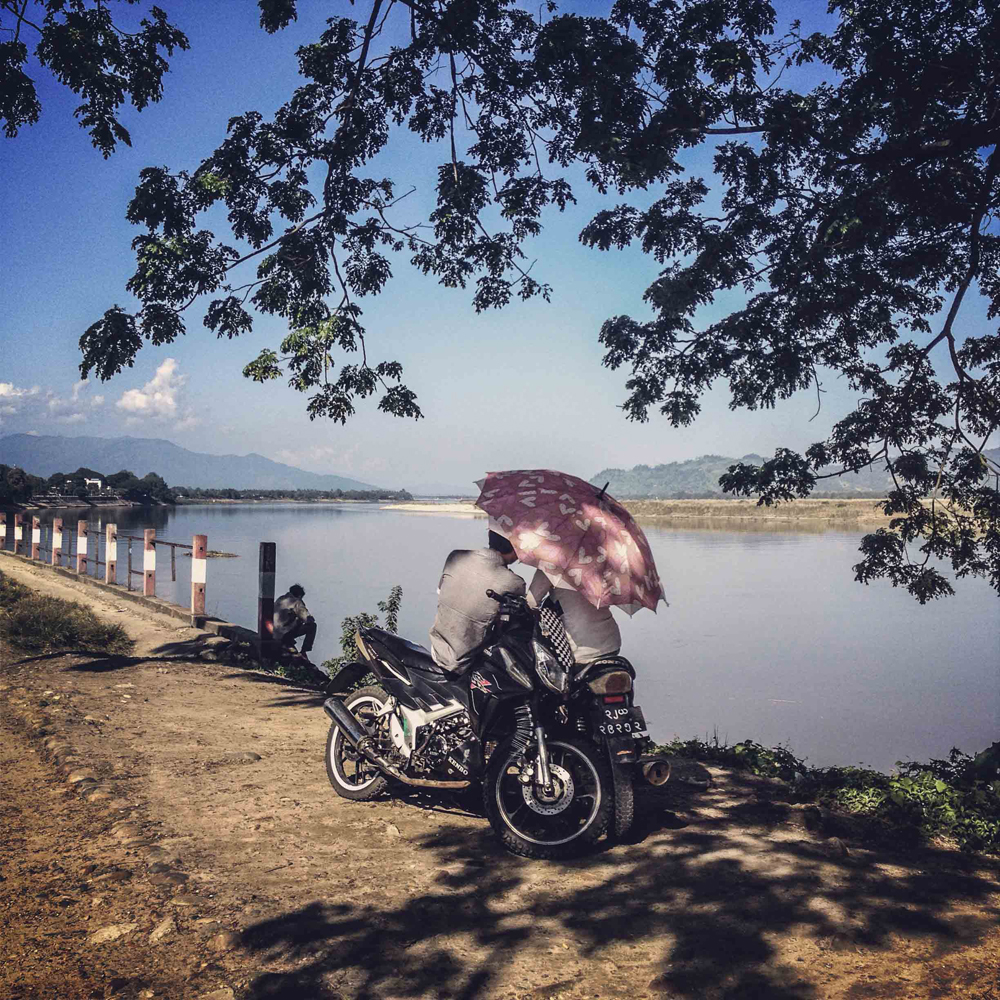
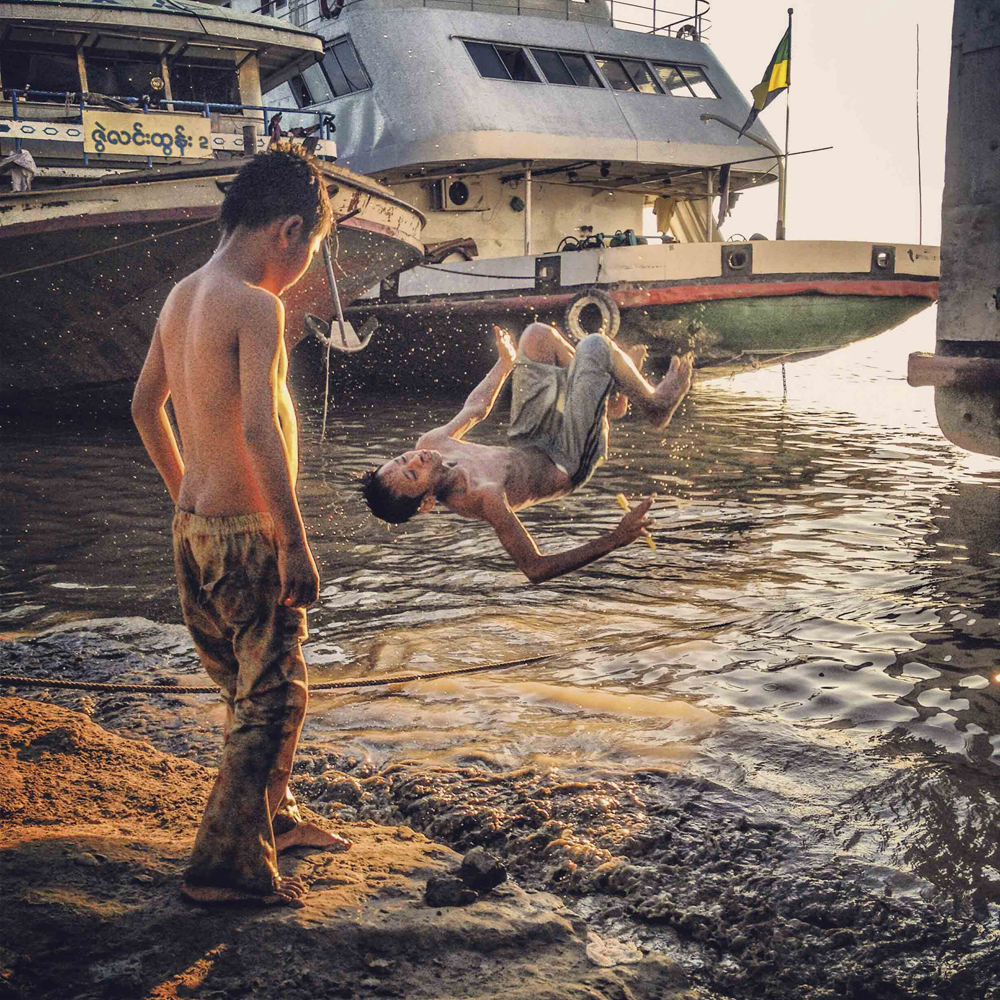
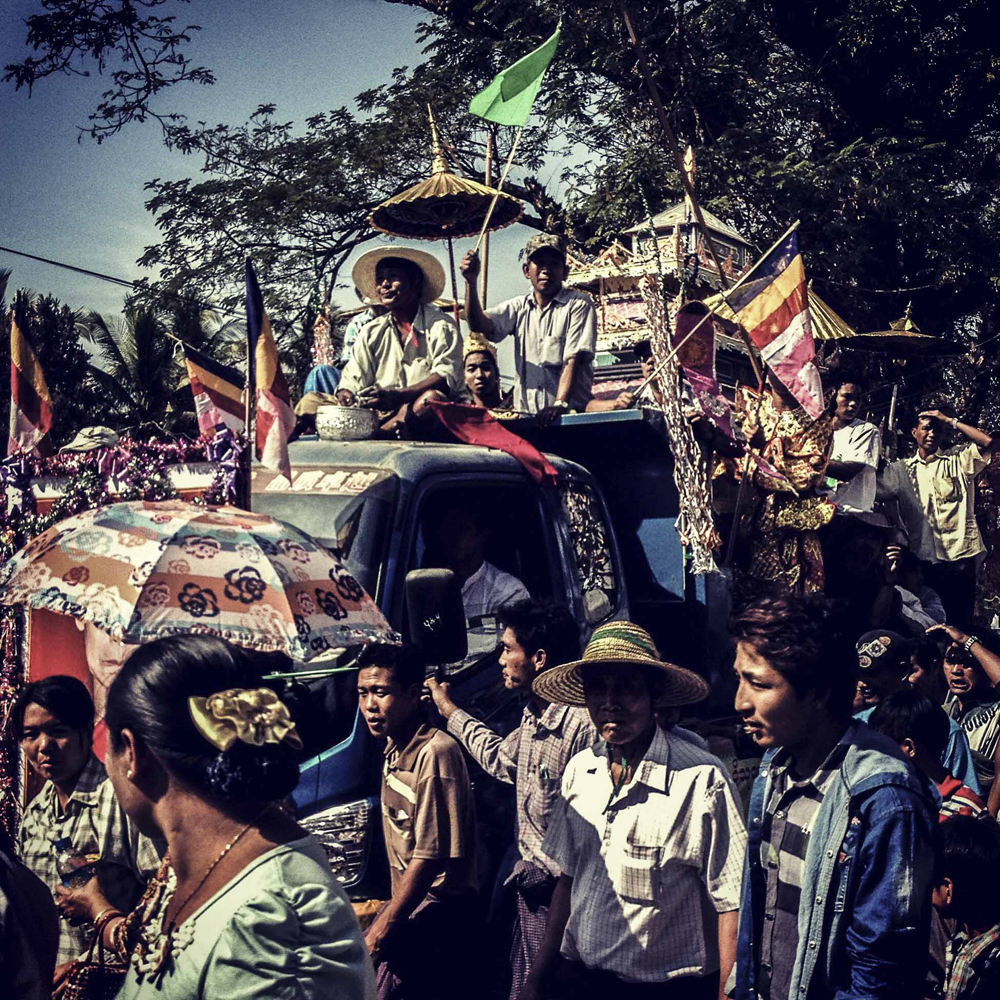
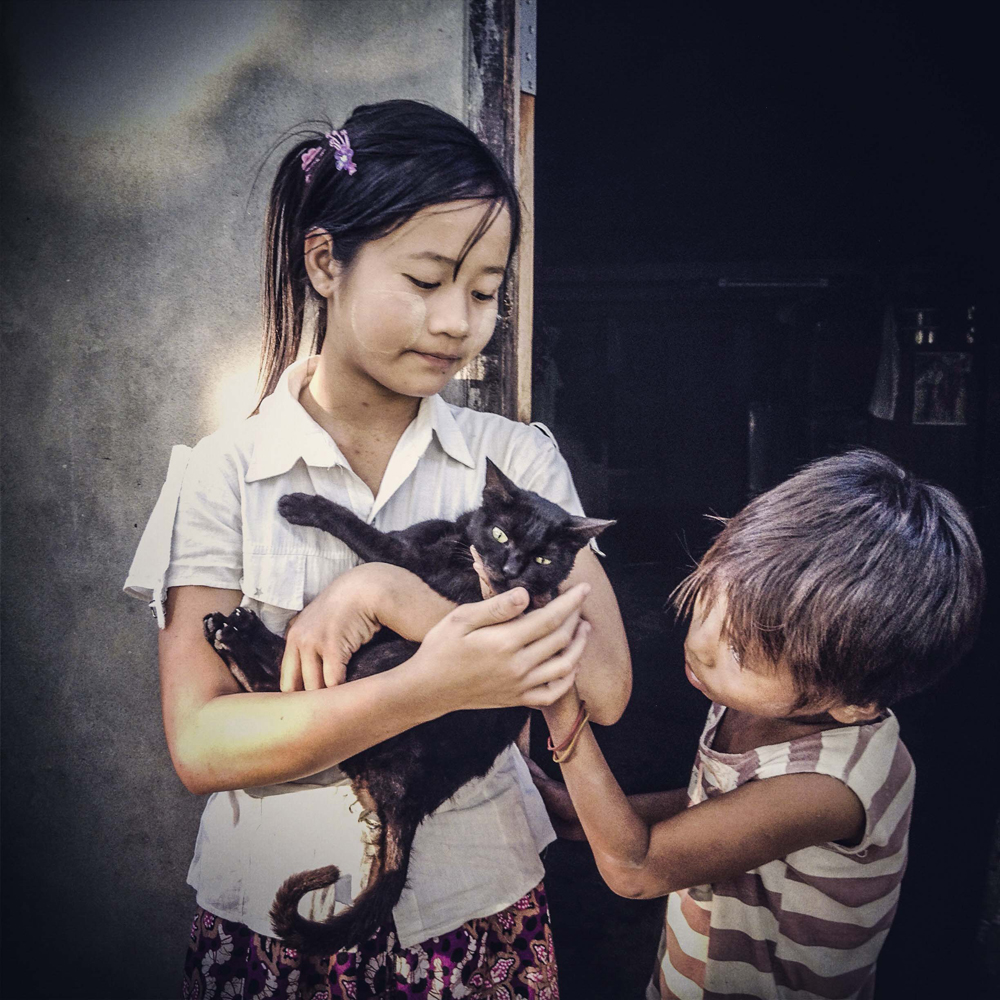
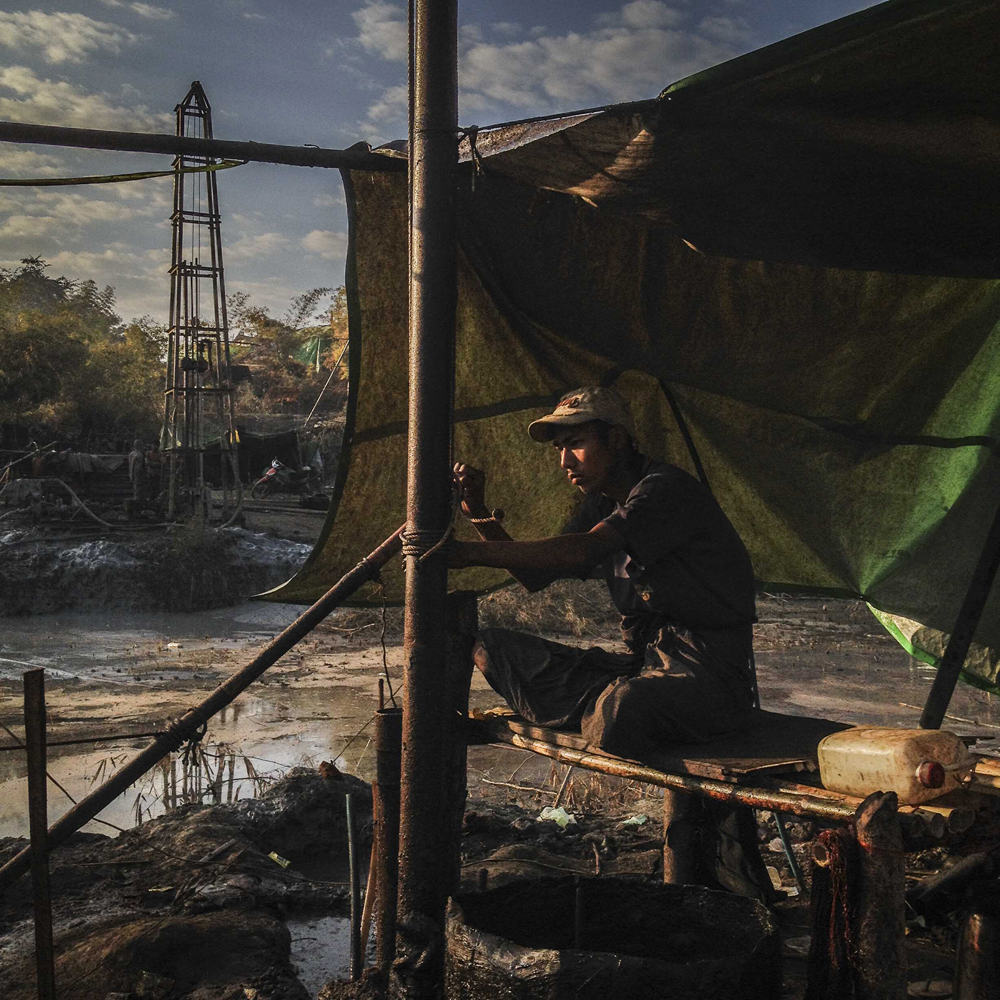
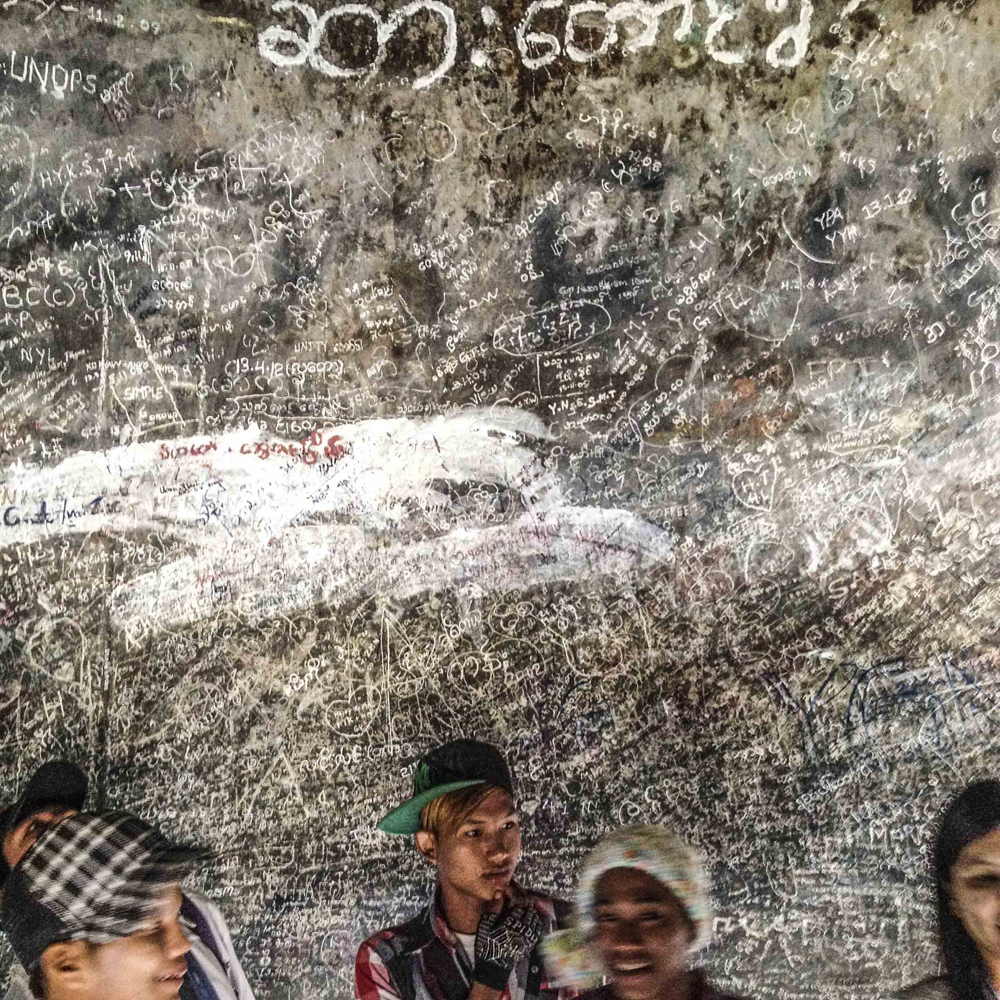
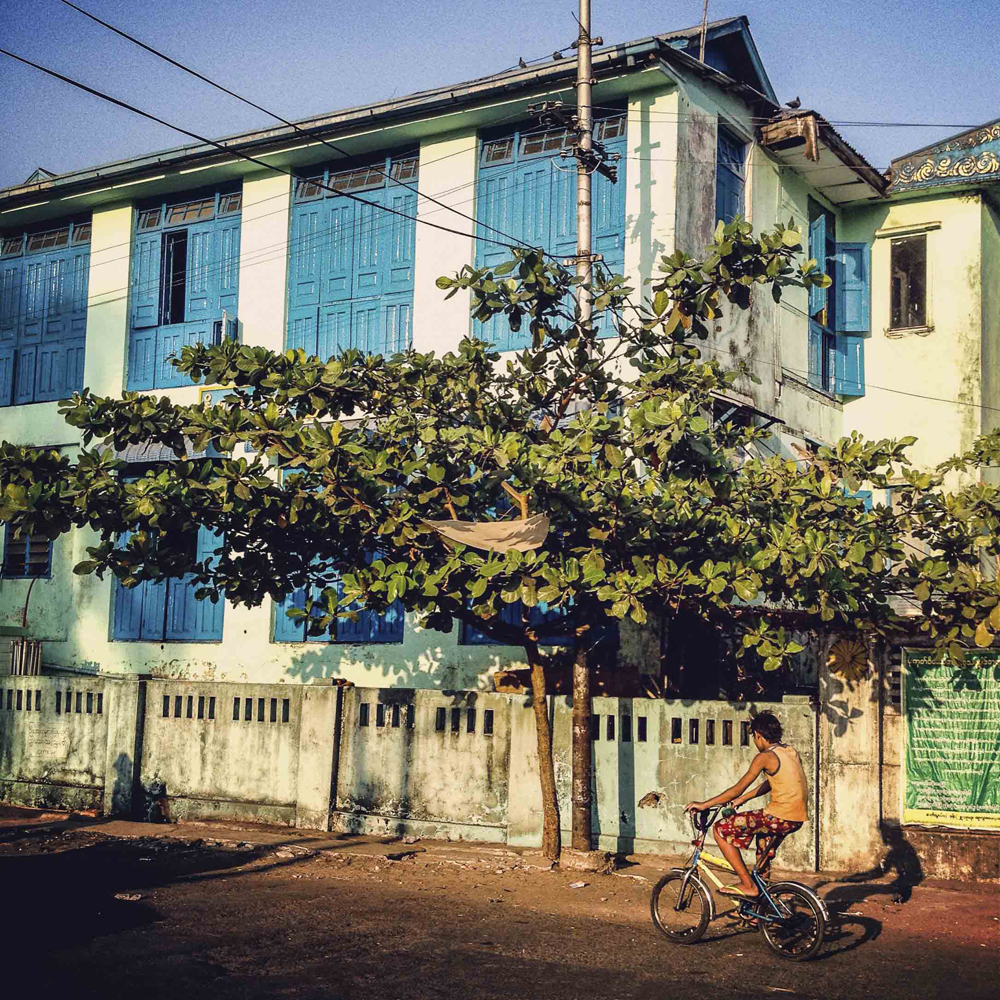
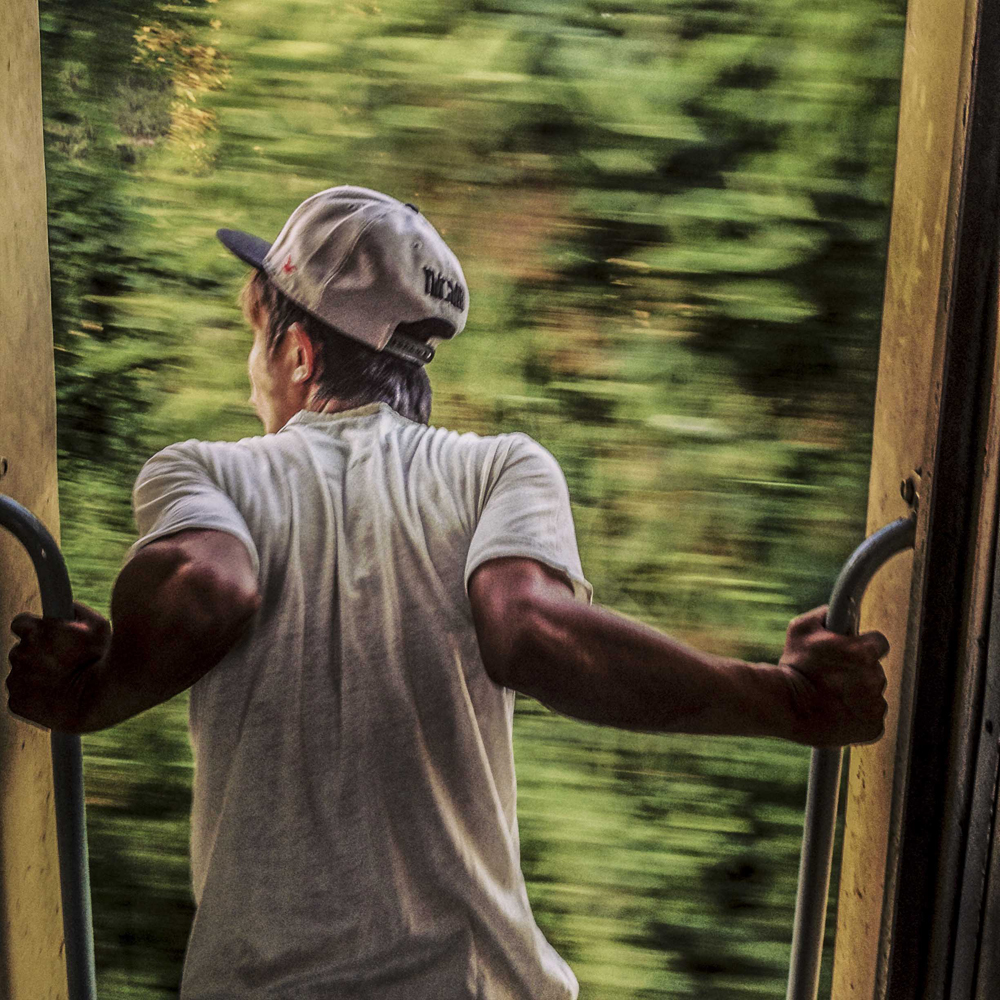

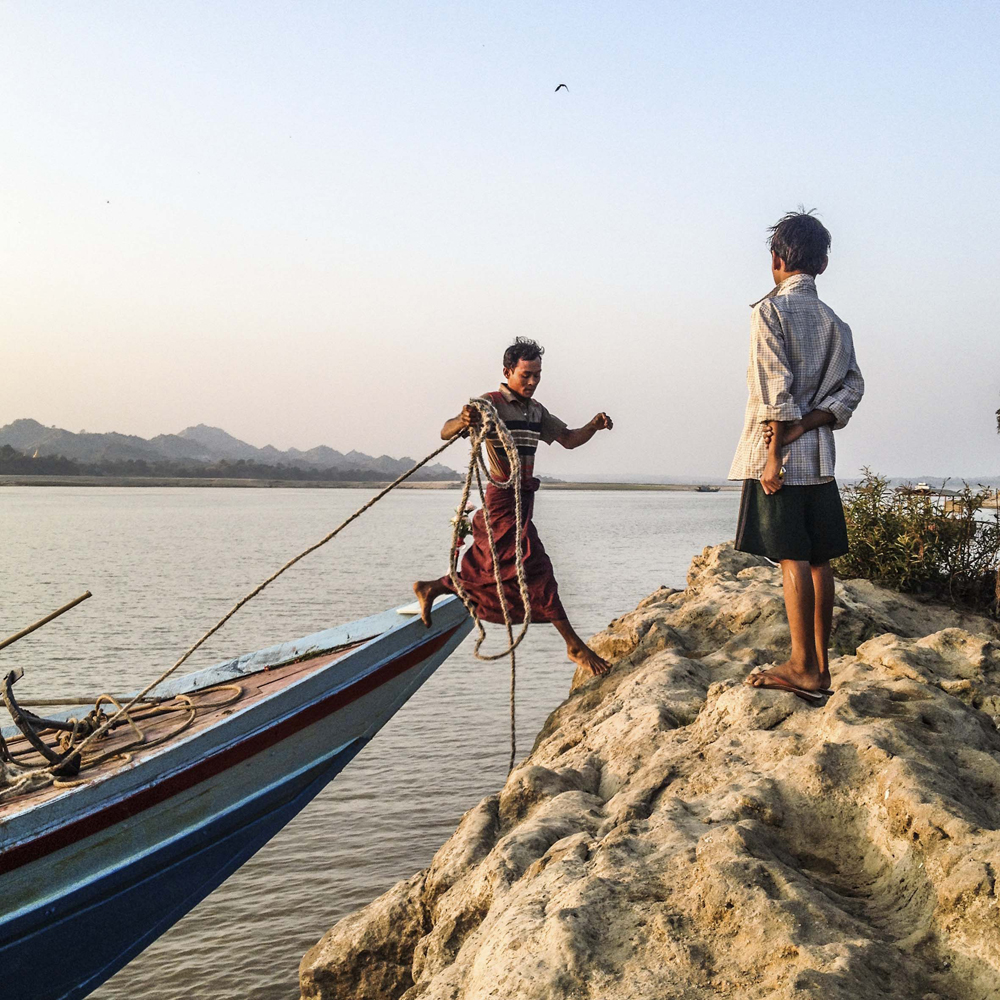
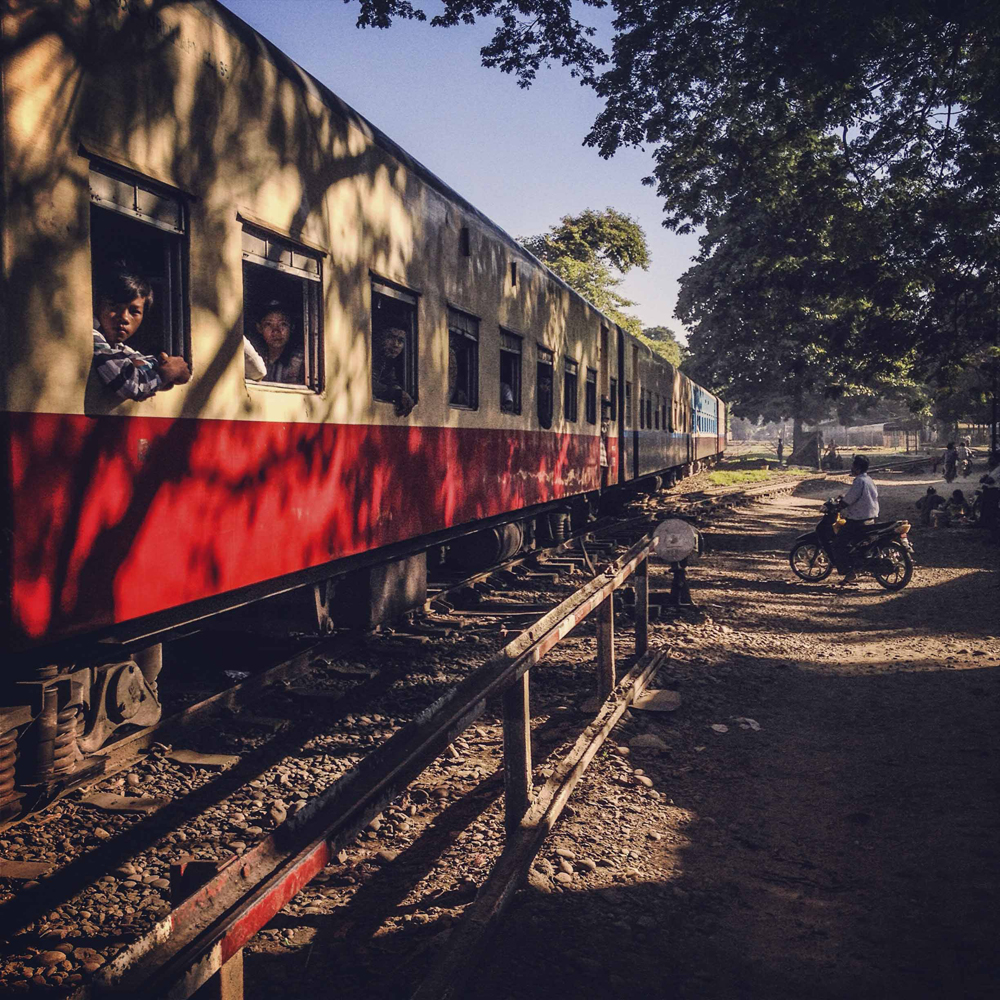
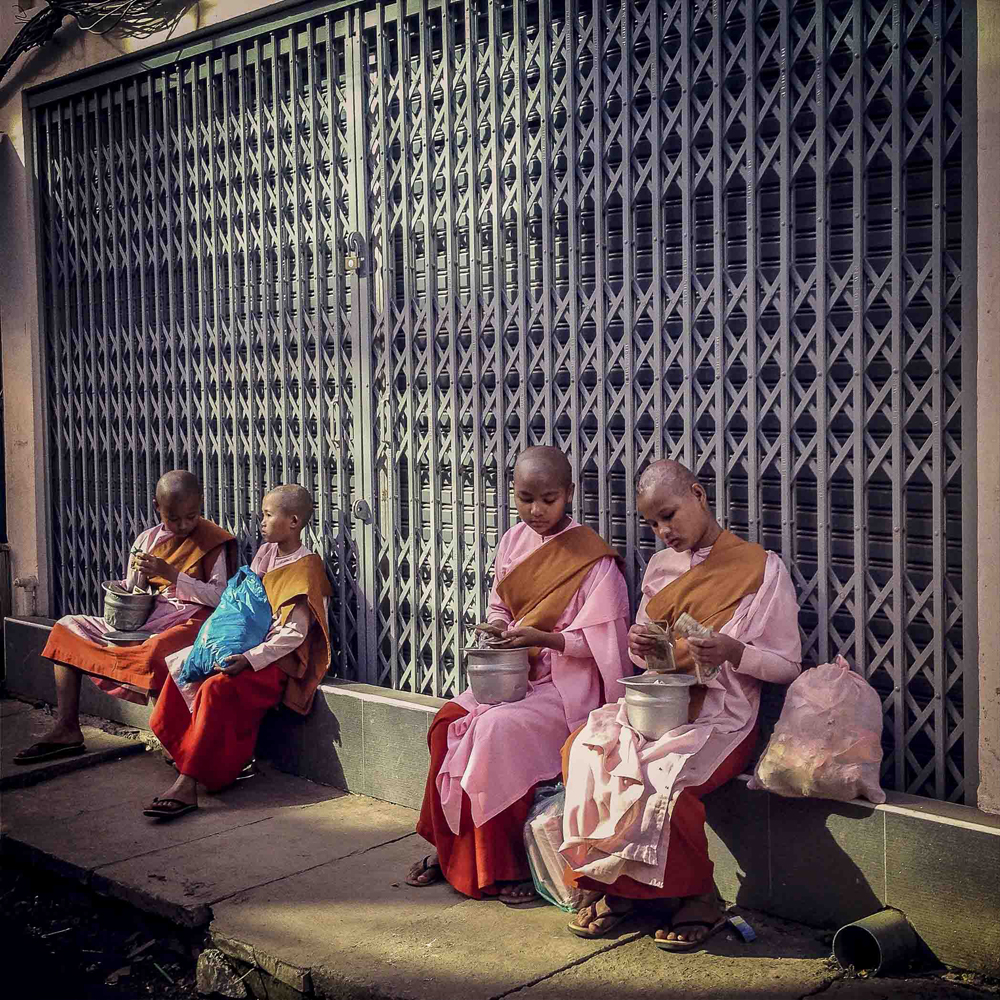

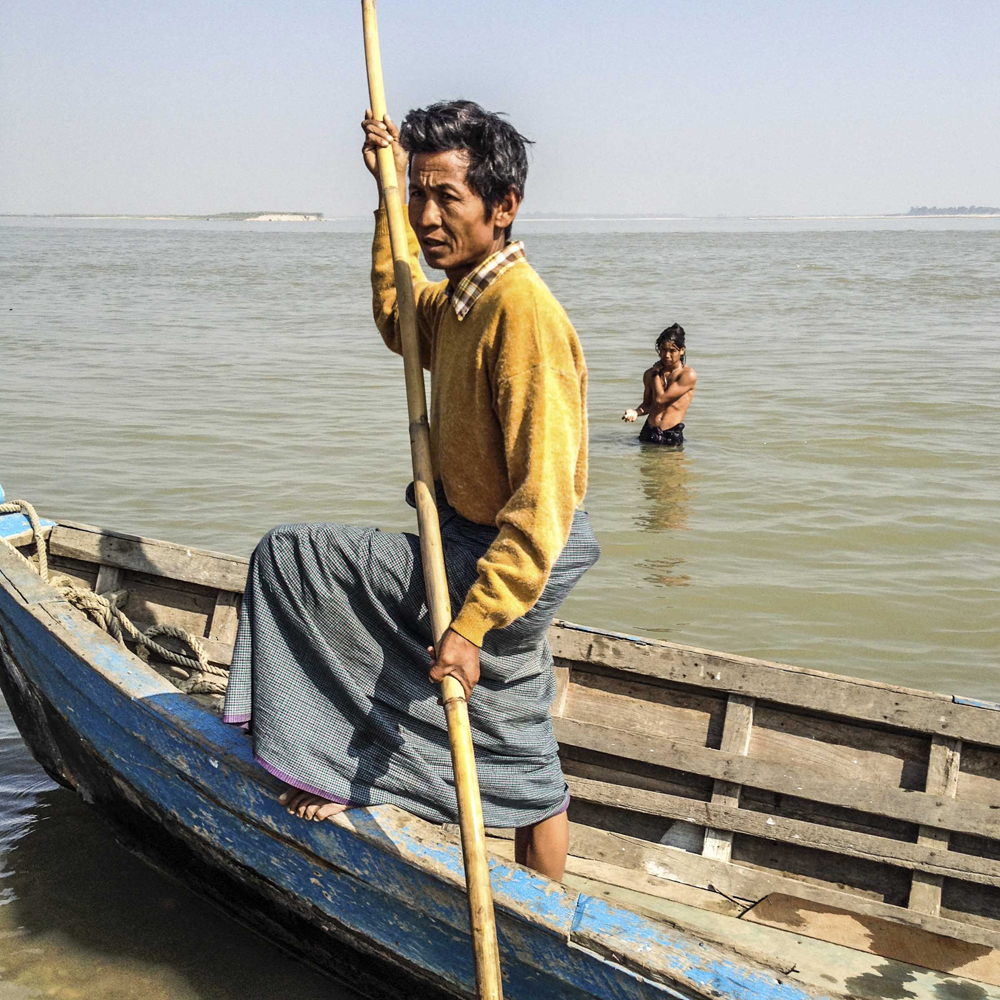
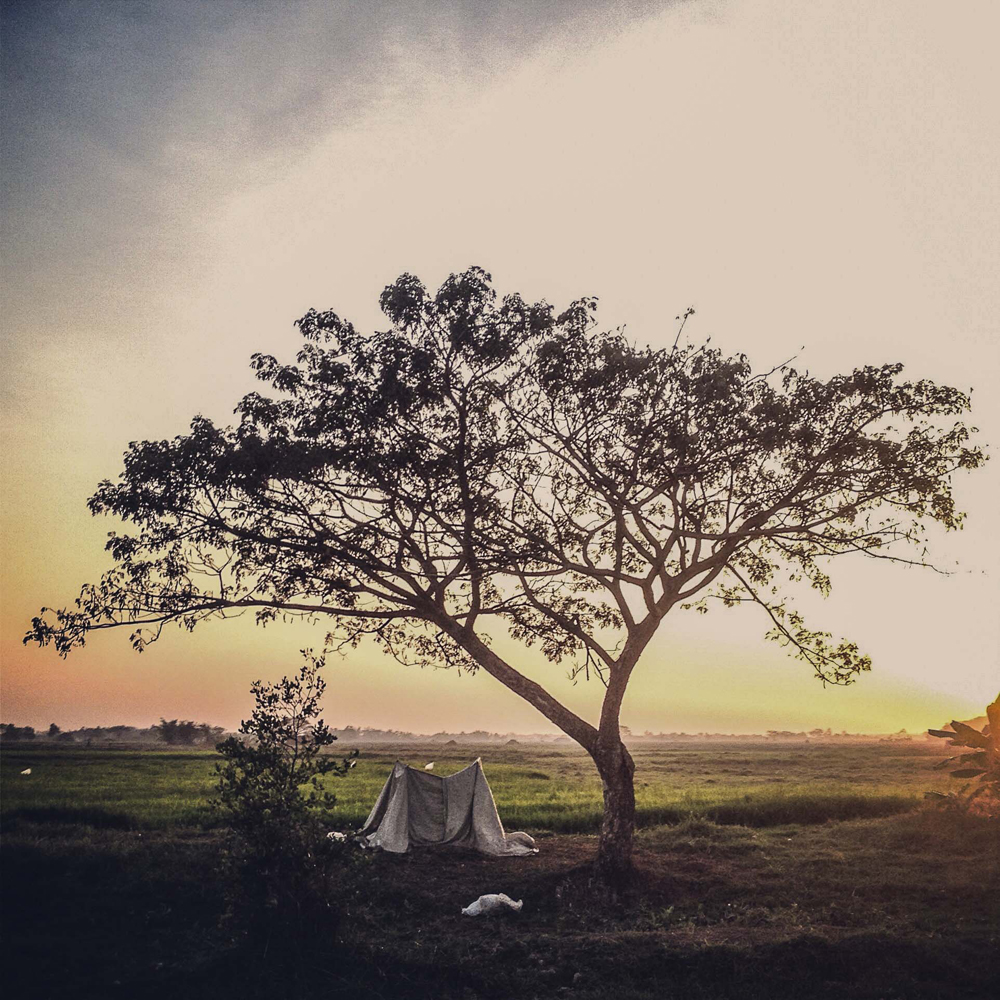
More Must-Reads from TIME
- Donald Trump Is TIME's 2024 Person of the Year
- TIME’s Top 10 Photos of 2024
- Why Gen Z Is Drinking Less
- The Best Movies About Cooking
- Why Is Anxiety Worse at Night?
- A Head-to-Toe Guide to Treating Dry Skin
- Why Street Cats Are Taking Over Urban Neighborhoods
- Column: Jimmy Carter’s Global Legacy Was Moral Clarity
Contact us at letters@time.com